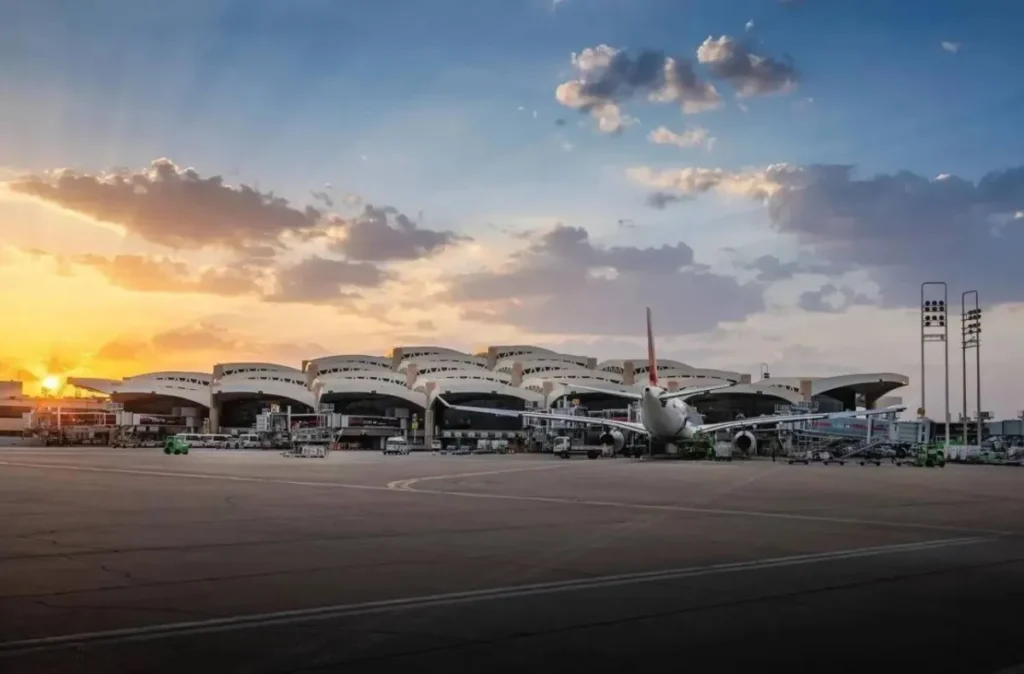Saudi Arabia’s aviation sector recorded robust growth in 2024, as airports across the Kingdom welcomed more than 128 million passengers—a 15 percent increase compared to the previous year. The surge comes as part of Riyadh’s broader push to establish itself as a global aviation hub in the Middle East, in line with the goals of Vision 2030.
According to the 2024 Air Transport Statistics Bulletin, issued by the General Authority for Statistics (GASTAT), international passenger traffic reached 69 million, up 14 percent year-on-year, while domestic travel saw a 16 percent jump, reaching 59 million passengers.
The expansion is being driven by the National Aviation Strategy and the Air Connectivity Program, alongside efforts to privatize and modernize airport infrastructure. The Kingdom aims to connect to 250 destinations globally by 2030 via 29 airports, with a targeted annual capacity of 330 million passengers and 4.5 million tons of air freight.
The Air Connectivity Program has played a central role in these efforts, helping attract 12 new international carriers and opening more than 60 new routes through 18 newly connected cities. Infrastructure developments in 2024 included the expansion of Al-Ahsa International Airport and the opening of a new international terminal at Taif International Airport.
King Abdulaziz International Airport in Jeddah maintained its position as the busiest airport in the Kingdom, handling around 49 million passengers—an increase of 14 percent. Riyadh’s King Khalid International Airport followed with 37.6 million passengers, up 18 percent, while Dammam’s King Fahd International Airport recorded 12.8 million passengers, reflecting a 15 percent rise.
The total passenger-handling capacity of Saudi airports reached 126 million in 2024. King Abdulaziz International led with a capacity of 50 million passengers annually, operating at 98 percent utilization—an 11 percent increase from 2023. King Khalid International ranked second with a capacity of 39 million and a 96 percent usage rate.
In terms of international routes, King Abdulaziz International topped the list with 369, a 1 percent increase over the previous year. It was followed by Prince Mohammed bin Abdulaziz International Airport in Medina with 272 routes (up 5 percent), while King Khalid International saw a 6 percent decline to 165 routes. King Fahd International registered 85 international routes, down 8 percent.
On average, Saudi airports handled 189,000 international passengers and 162,000 domestic passengers per day. Domestic flights rose by 12 percent to 474,000, while international flights increased by 10 percent to 431,000.
King Abdulaziz International also led in total flight operations, with around 290,000 flights in 2024. King Khalid International followed with 274,000 flights, and King Fahd International reported 105,000.



